After being awarded the EGU’s science journalism fellowship, Jane Qiu took to the Himalayas to shadow scientists studying air pollution at the Pyramid Observatory some 5000 metres above sea level. The journey to work is by no means an easy one…
For Angela Marinoni and Paolo Bonasoni, climate scientists at the Institute of Atmospheric Sciences and Climate in Bologna, Italy, and Maxime Hervo, a Ph.D student at Blaise Pascal University at Clermont-Ferrand, France, getting to work is no mean feat – and can be life threatening. I’m not talking about their European laboratories, but the Pyramid Observatory 5079 metres above sea level on the south side of Mount Everest.
Thanks to the support of the EGU Science Journalism Fellowship, I had the opportunity to find out first-hand what it is like to ‘go to work’ in the Himalayas and carry out cutting-edge science in a region that boasts the largest stock of ice outside the Arctic and the Antarctic – also known as the Third Pole.
In 2006, scientists from the Ev-K2-CNR Committee, a nonprofit scientific association in Bergamo, Italy, and the Kathmandu-based Nepal Academy of Science and Technology set up the climate observatory at what they imagined would be a pristine site in the Himalayas. The aim was to measure baseline conditions, against which they could measure regional pollution. But what they found was “a total surprise”, says Marinoni: the mountains are teeming with dust and soot.
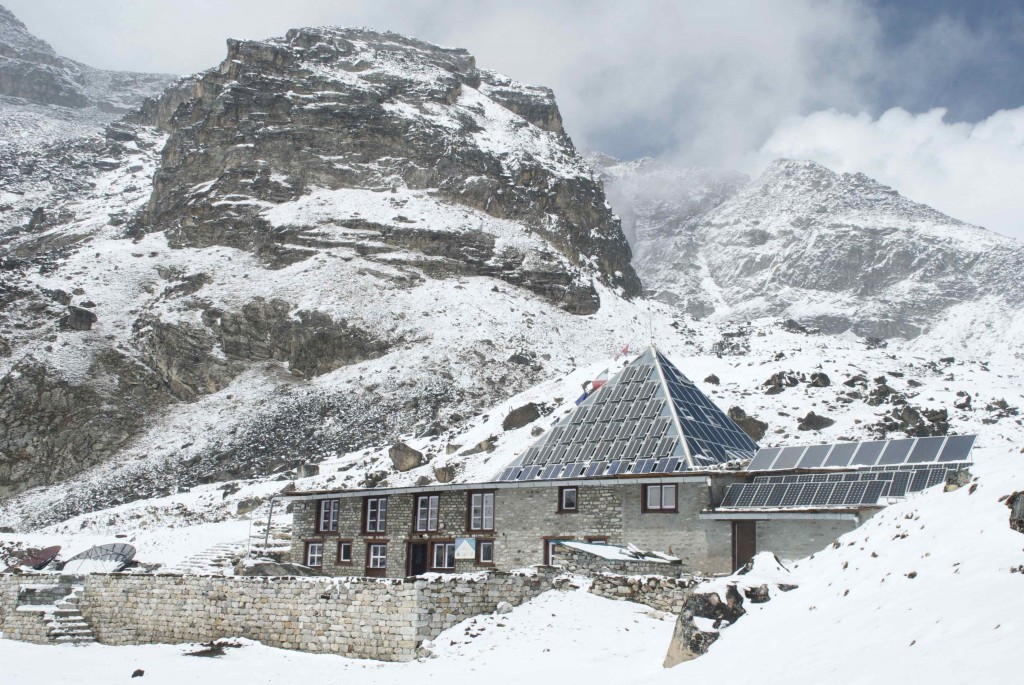
The Pyramid Observatory locates at over 5,000 metres above sea level on Everest’s south side. (Credit: Jane Qiu)
Now, along with another 8 weather stations along the valley, the team is trying to understand where the pollutants come from, how they are transported to the Himalayas, and how they are affecting both glaciers and regional climate.
Extreme landing
The Pyramid is literally in the middle of nowhere. The only way to get there is by foot from the nearest Nepalese village Lukla at an altitude of 2840 metres. As I stepped out of the 15-seat, unpressurised Twin Otter aircraft at Lukla – still recovering from the sudden dips the plane took every time it climbed over a ridge – Marinoni mentioned nonchalantly that the airport happens to be one of the top 10 extreme airports in the world that “flirt with disaster”. Indeed, flying in the Himalayas can be precarious: a similar jet crashed on its way to Pokhara in western Nepal a few months later. I wasn’t sure whether I should be pleased that our plane landed safely or ought to be concerned that I’d still need to fly back to Kathmandu.
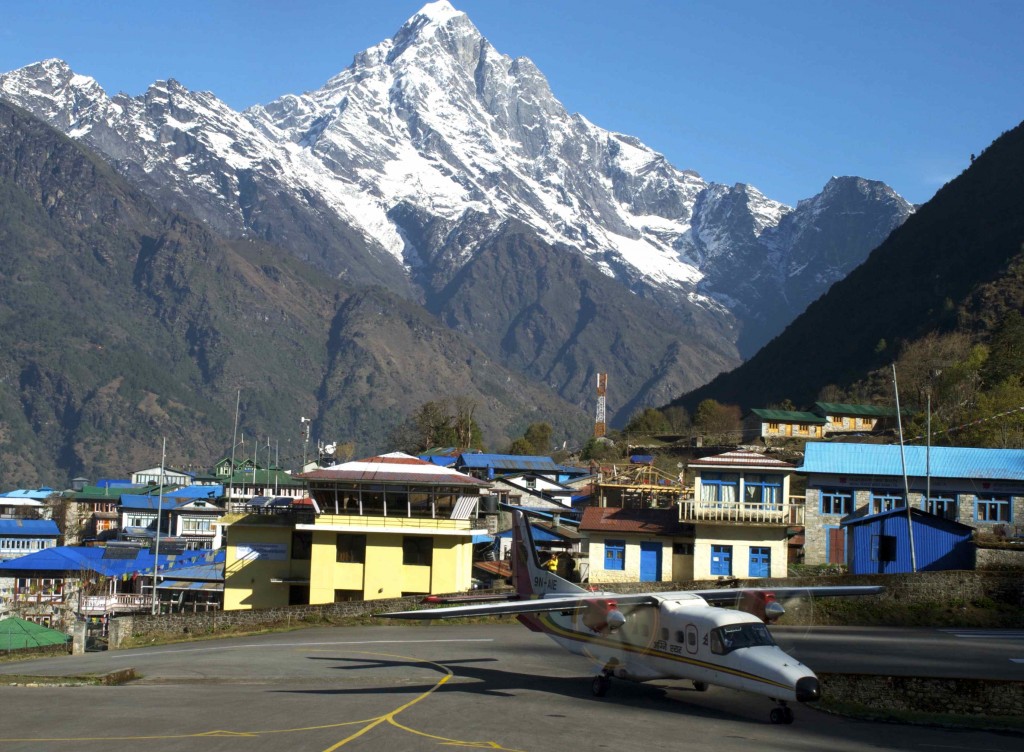
Our plane landed safely at the Lukla airport, one of the 10 airports in the world that “flirt with disaster”. (Credit: Jane Qiu)
But the spectacular, snow-capped mountain peaks took my mind off this little dilemma. From here, it’s a six-day arduous journey to the Pyramid, walking past very different types of terrain – from lush forests to an alpine, rocky environment – along the Khumbu Valley, and accompanied by the soft tinkling of yak bells and the rumbling roar of the turquoise Dukh Kosi River.
It’s a popular route to the Everest Base Camp, and is frequented by trekkers, mountaineers, as well as people aspiring to break all sorts of world records (we met someone who aimed to be the first person to summit Everest on his bike and another who wanted to make tattoos at the highest altitude). Against this hustle and bustle is the harsh life of the local people, especially Nepalese porters who often carry far more than their own body weight to altitudes as high as 5,400 metres.
Those porters are also indispensable for the existence and continuous operation of the Pyramid because there is simply no other way to get anything – ranging from daily subsistence to scientific equipment and construction materials – to the site.
Himalayan haze
The Khumbu Valley is dotted with villages which earn most of their income from tourism and mountaineering. Most of the houses do not have chimneys, which local people believe would let out protective spirit and good fortune. At cooking hours, we saw thick threads of smoke oozing out of the houses and a pungent odour filled the air. As biomass such as wood, dung and crop residues is the main source of fuel for cooking and heating in the Himalayas, pollution, especially black carbon, is “a major concern”, said Bonasoni.
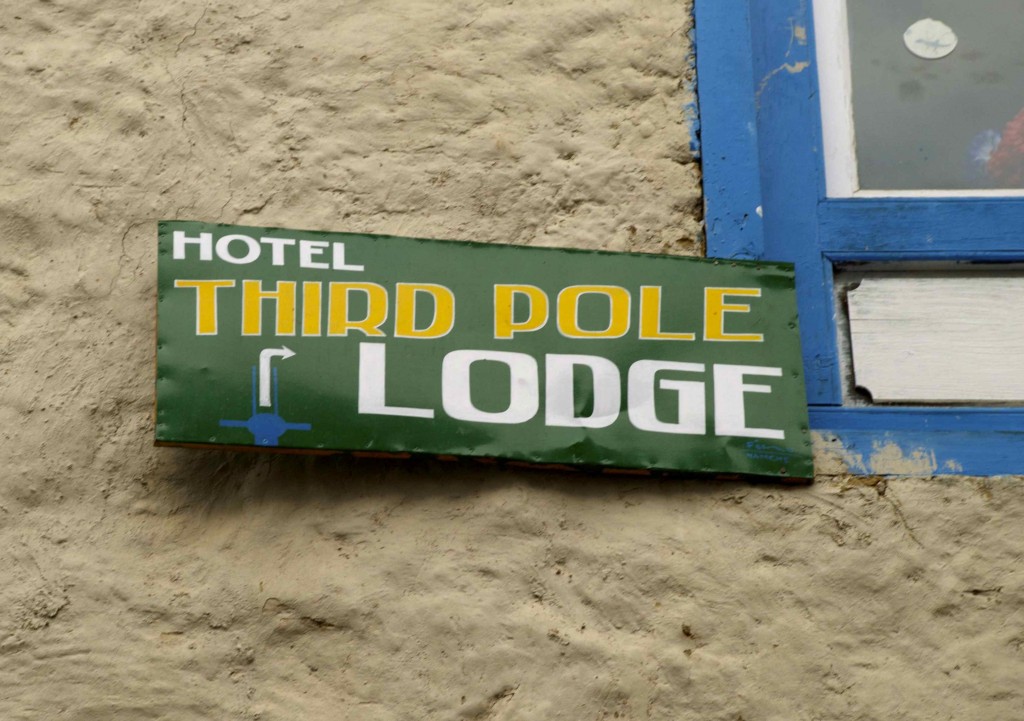
The Third Pole – a term used to designate the gigantic land mass consisting of the Tibetan plateau and surrounding mountain ranges – has become a buzzword for local tourism in the Khumbu Valley. (Credit: Jane Qiu)
Another source of pollution is forest fires, which have become increasingly frequent in recent decades because of warmer and drier springs. Part of our journey was indeed shadowed by such a fire not too far from the path. It was just one of 86 forest fires that broke out in Nepal on that day.
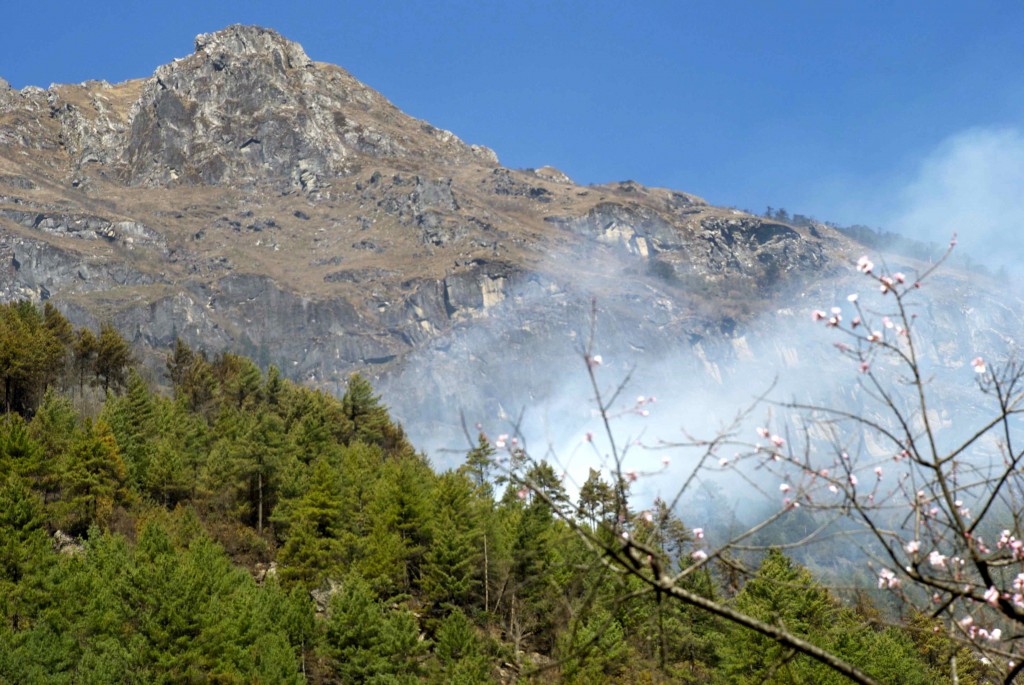
Our first day of trekking in the Khumbu Valley was greeted by a forest fire, one of 86 in Nepal on that day. (Credit: Jane Qiu)
The main culprit, however, is the pollutant-laden atmospheric brown clouds over the Indo-Gangetic Plain, which result from biomass burning, vehicle emissions and industrial processes. They can travel thousands of kilometres a day – extending southward over the Indian Ocean and characterised by a sharp boundary in the north due to the barrier formed by the Himalayas. But “the barrier is leaky,” said Marinoni. The Khumbu Valley is like a gigantic chimney that can effectively channel the pollutants piled up at the foothill to high altitudes.
With every step up the Khumbu Valley, my lungs struggled harder to grasp for more air. The landscape had transformed from lush forests to a rocky, alpine habitat sprinkled with fresh spring snow. The glacier-capped peak of the Ama Dablam (meaning “mother’s necklace” in Nepalese) loomed in the distant, inspiring and intimidating in equal measures. It would take nearly a week of walking to reach the Pyramid. The journey was breathtaking in more ways than one.
Stay tuned for Jane’s next instalment on studies of pollution in the Himalayas, where she shares her experience of shadowing atmospheric scientists some 5000 metres above sea level.
By Jane Qiu, Science Writer

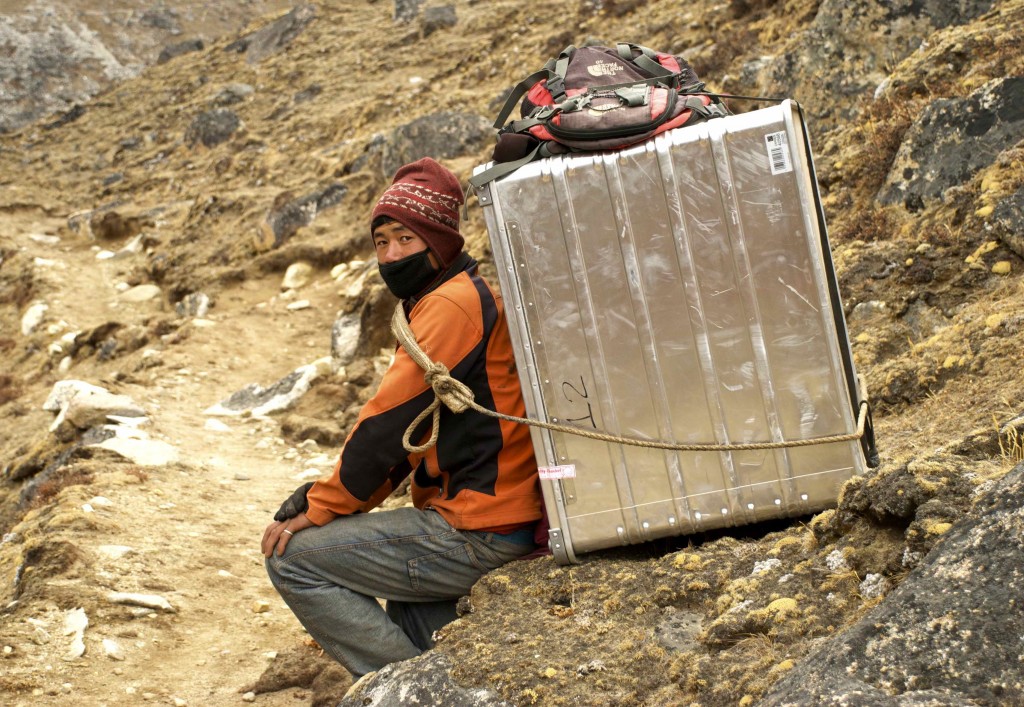
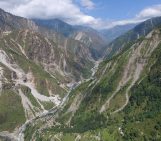
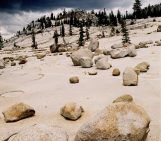
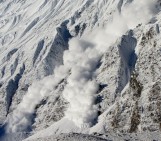
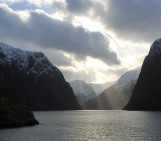
Pingback: A sky-high view on pollution in the Himalayas: the science | GeoLog